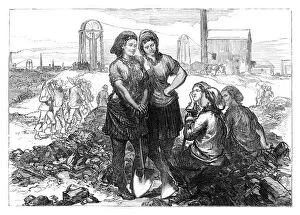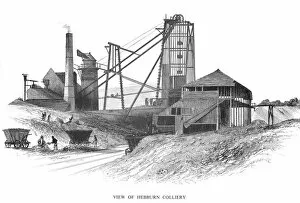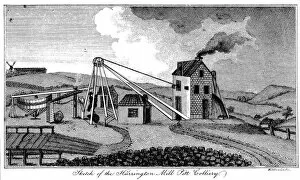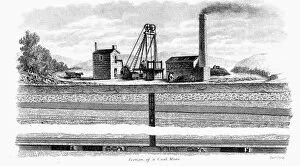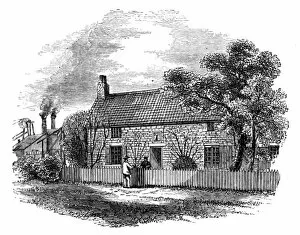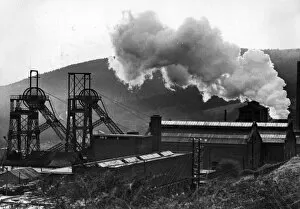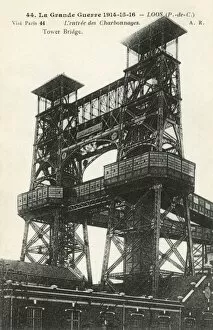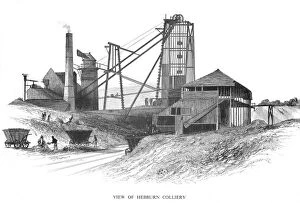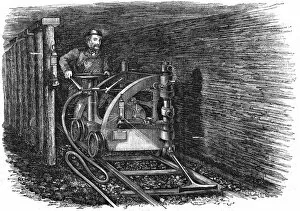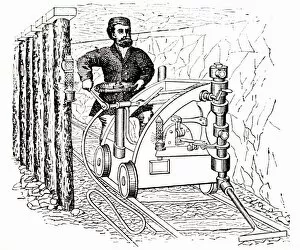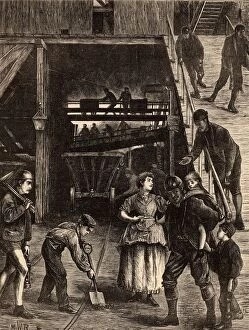Pithead Collection (#2)
"Pithead: A Glimpse into the Coal Mining Era" Step back in time to Lea Hall Colliery and Rugeley A Power Station in Staffordshire, 1963
For sale as Licensed Images
Choose your image, Select your licence and Download the media
"Pithead: A Glimpse into the Coal Mining Era" Step back in time to Lea Hall Colliery and Rugeley A Power Station in Staffordshire, 1963. Witness the bustling pithead as miners toil away, fueling the nation's energy needs. Travel further north to Markham Main Colliery near Doncaster, South Yorkshire, 1961. The air is thick with determination as miners descend into the depths of the earth, their faces etched with resilience. In Wath upon Dearne, near Rotherham, South Yorkshire, 1956, an artist captures the essence of Wath Main Colliery through his brushstrokes. The painting immortalizes a way of life that would soon fade into history. Even royalty couldn't resist exploring Wales' coal mines. In 1935, Queen Mary graced a Welsh colliery with her presence - a testament to the importance of this industry in shaping communities across Britain. A lithograph transports us deep underground into a Welsh coal mine - its dark tunnels and tireless workers reminding us of their immense contribution to our industrial heritage. Nottinghamshire Miners stand united against adversity - their unwavering solidarity echoing through time as they fight for better working conditions and fair treatment. Pickets at Snowdown Colliery symbolize resistance and defiance amidst turbulent times. These brave men refuse to be silenced as they defend their rights on picket lines filled with conviction. The St Just Tin Miners come alive through Harold Harvey's artistry (1874-1941). His masterful strokes capture both grit and grace as these Cornish miners navigate treacherous conditions beneath Cornwall's rugged landscape. Michael Walters takes us on a visual journey to Frickley Colliery in West Yorkshire during 1965. His artwork reveals not only the physical labor but also glimpses of camaraderie among those who toil together.

